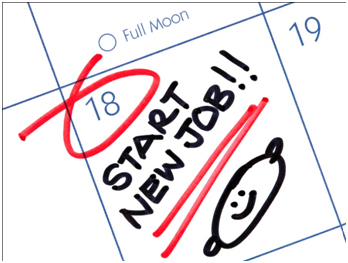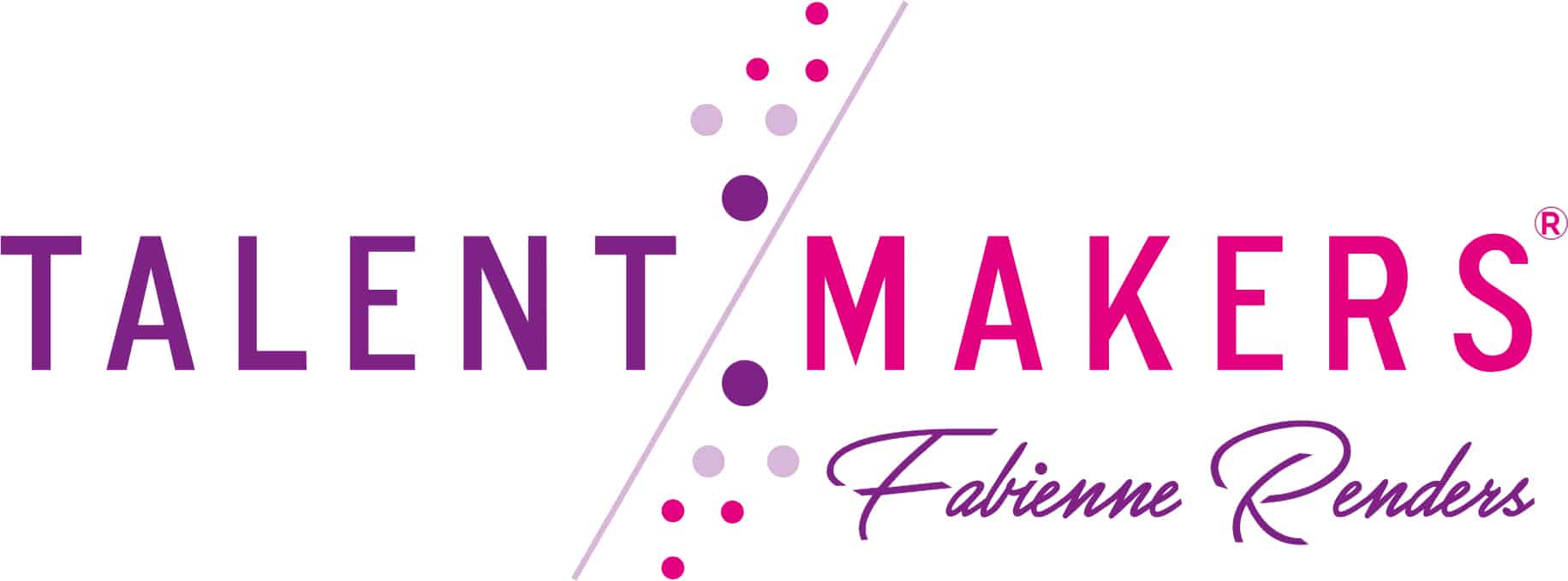
You undoubtedly know that employees make the critical decision to stay or leave a company within the first six months. According to Gallup, 87% of employees worldwide are not engaged at work.
High employee attrition and disengagement may be due, amongst others, to cumbersome hiring practices, lack of responsiveness to a competitive job market, poor career and poor learning & development opportunities, or poor interpersonal skills of their managers.
While many (HR) initiatives and processes can be put in place in order to avoid this, an adequate and more strategic Onboarding Program deserves particular attention as it can maximize retention, engagement and productivity.
What is Onboarding?
The process of onboarding new employees is without a doubt one of the most critical success factors in ensuring that recently hired talent will be competent, productive and engaged team members. However, some organizations confuse onboarding with onboarding logistics.
While onboarding logistics is necessary – all relevant paperwork, practical and logistic formalities must be completed –however onboarding is an in-depth process of both social and functional integration, involving management and other employees that can last for a year. Besides, onboarding has – or should have – a business impact and a results-oriented perspective. It includes everything a new hire (or transfer) needs to :
- integrate socially in the team, in the department, in the company
- integrate functionally and become competent in his/her job and role(s)
- become quickly productive and engaged
- reach his/her goals and become a valued contributor to the business
- see and understand the “big picture” of the organization
- be able to link his/her job to the operational and financial success of the business
Create a great Onboarding Program!
Your employee Onboarding Program is the first – and sometimes the only opportunity to get your new employees on the right track. Far too many companies underestimate this and pull them through a short-cut ‘induction program’ that’s simply inadequate or even outdated(!) and therefore demotivating, disengaging and therefor counterproductive.
A great Onboarding Program is tailor-made as there’s no single design or approach that’s right for every company. However, here are 5 tips that can help you –HR Director, Learning & Development Director, Training Manager, Business Leader – to boost your Onboarding Program:
# 1 – Link it with your corporate culture
There are 2 types of programs that no organization should ever purchase ‘off-the-shelf’. One is Leadership (cfr.my previous blog article on Leadership Development). The other is Onboarding. Your Onboarding Program is the opportunity to share and instill your company’s culture, vision, mission, values and strategy. If done consequently and consistently, it will help you to build a strong corporate identity, culture in other words ‘sense of belonging’. It can definitely help your new hires to succeed in your organization: what are the norms and ‘unwritten rules’? What processes do they need to know? What are the operational ‘interdependencies’? Who do they call upon for what? How about a ‘dominant coalition’? Etc…
# 2 – Cover what is needed
Make sure your new employees are enabled, not just with product knowledge, but with all of the information and insights required for their jobs and roles. These might include industry and market insights, company and departmental branding and messaging, methodologies and processes, internal expert knowledge and social connections, resources available to them on the job, available learning & development trajectories in concordance with their functional level, …
# 3 – Blend your Onboarding Program
Rethink your training content, delivery format and support.
Don’t overwhelm your new employees with information overload or “data dump.” Make the process as easy as possible by scheduling it well and by making your program mobile, variable; interactive – ‘easy to consume’: embrace elements of self-directed, just-in-time and just-enough training that mirrors your company’s on-the-job processes, tools and assets. Give your new hires a running start with modern social & digital collaboration tools that help them easily identify, connect, and engage with colleagues through the organization.
In addition, each new hire should be assigned a mentor to help them with their integration. The mentor should not be the new hire’s direct supervisor but a peer.
he role of the mentor should be to introduce the new employee to internal and potentially external stakeholders (trusted partners, important clients, …), as well as helping to guide him/her through the ‘political’ terrain of the organization. These interactions will enhance the informal and on-the-job-learning.
“Oh, you’re here …
we’d better find you an office”
# 4 – Role of the Manager
Your new hires have no idea what you expect from them unless you tell them. For the first 2 to 4 weeks, the mentor should be setting up lunches and meetings with various staff, colleagues, clients, suppliers, etc. so the new hire can get to know the business, important projects and people that they will be working with.
Beyond mentorship, the role of the manager is vital in the first months. The manager should define and mutually agree a “100-day employee success plan”.
This plan should give insight into a crystal clear job description, the new hire’s role within the team, within the organization, very clearly defined objectives, timelines, deliverables & criteria for success.
# 5 – Assess your Onboarding Program
In order to know if you are achieving the intended result, monitor, measure and report on your program. To ensure the ROI from effective onboarding, assess your program at least once a year. This will allow you to adjust and improve the process if necessary. How can you measure it? Develop questions aimed at capturing feedback from the most important ‘stakeholders’ in the process: the new hire, the manager, the L&D or onboarding manager.
- The new hire: gather input & feedback after six and after twelve months. For example: which ‘barriers’ did they encounter? Which are the most positive and most negative experiences with regard to the integration? What did they miss in the onboarding program? Recommendations for improvement? Etc.
- The manager: ask the new hire’s manager whether the onboarding was completed according to expectation. How did the “100-day employee success plan” go? How long did it take for the new hire to reach minimum productivity? Etc.
- The L&D or onboarding manager: you can investigate for instance the average retention rates during the first six or twelve months of employment, voluntary departure reasons, number of referrals provided by new hires, etcetera.
Onboarding boosts employee’s productivity, engagement and job satisfaction. So, take the time to fully train and integrate your new hire (or internal transfer).
Remember: you are investing in the future of your company !
Please share your thoughts in the comments section as I learn just as much from you as you do from me.
If your colleagues and network might be interested in this article, please do share.
They will be grateful and so will I.

